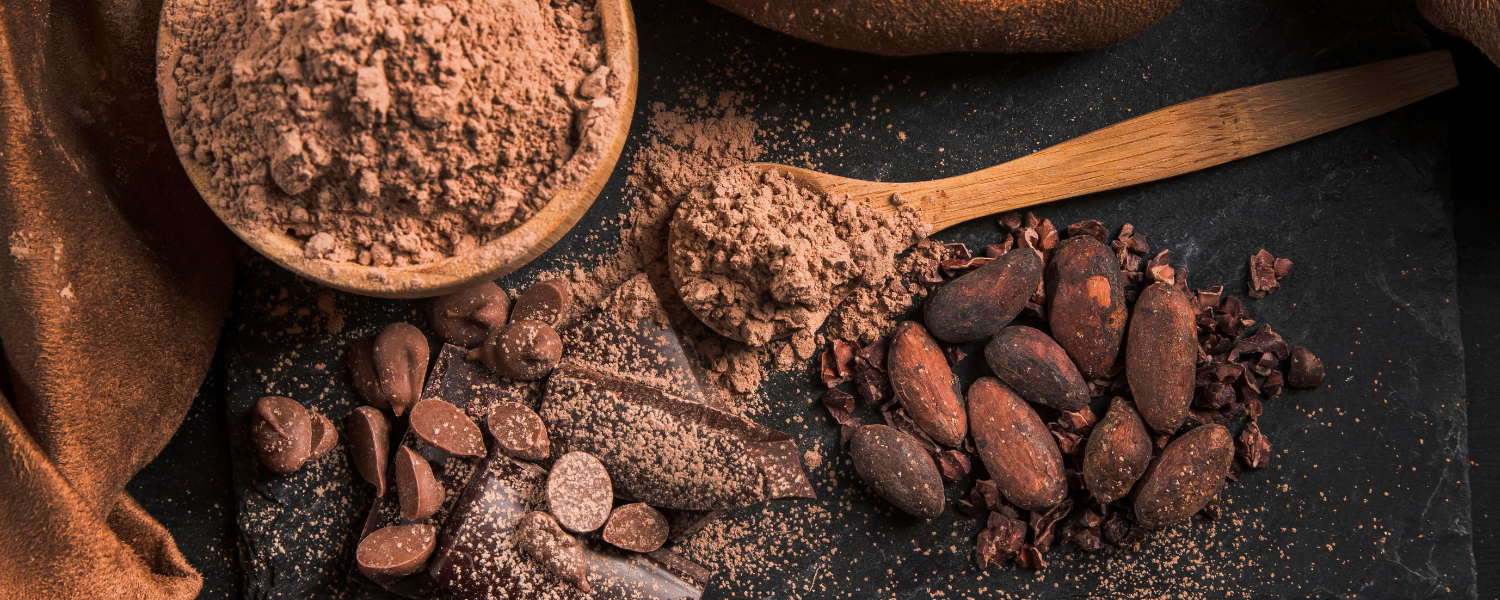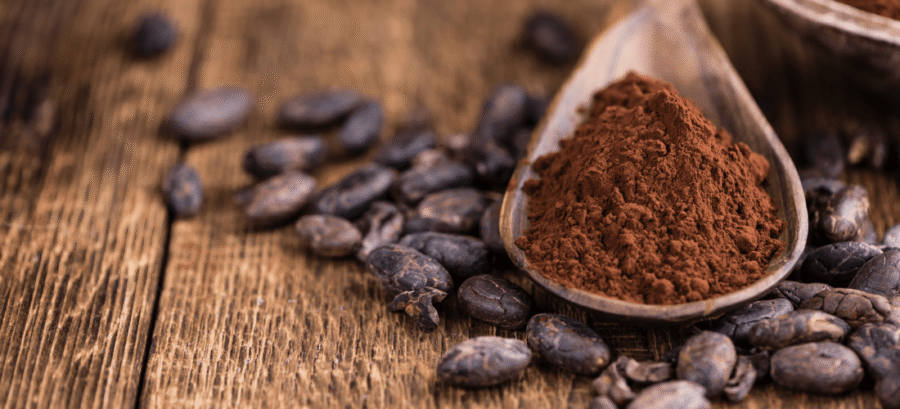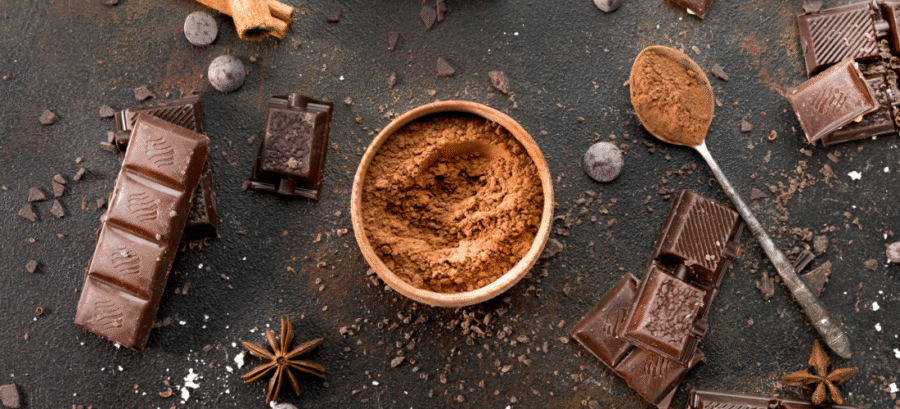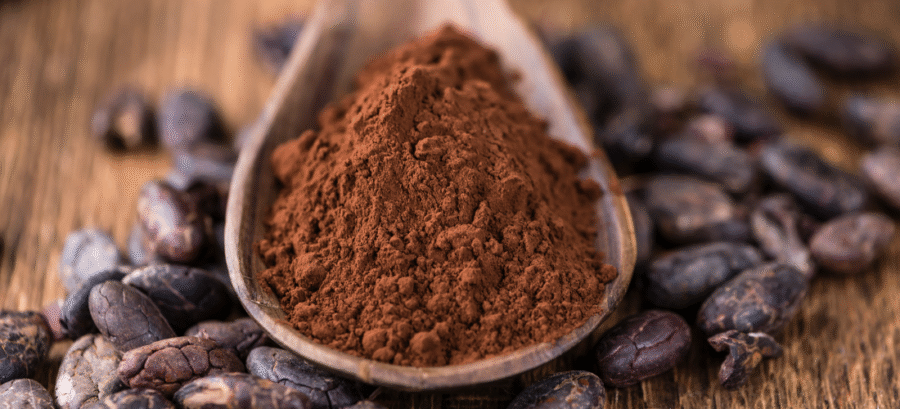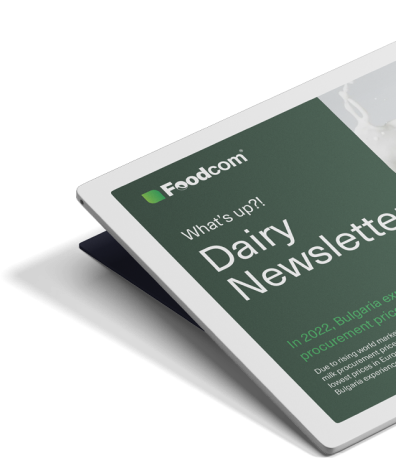Cocoa paste is the basic ingredient of chocolate, produced by grinding roasted cocoa beans. It is a paste-like product containing both cocoa butter and the solid part of the bean. The aroma, taste, and nutritional properties of the final chocolate products depend on the quality of the paste. High-quality cocoa paste is also a valuable raw material for manufacturers of desserts, creams, and confectionery.
How is cocoa paste made?
The cocoa paste production process begins with the selection of ripe cocoa beans, which are fermented and dried after harvesting. Fermentation is fundamental to the development of the characteristic aromas that later define the taste of chocolate. The beans are then roasted, which intensifies the flavor and facilitates the separation of the shells from the edible part.
After separating the shells, the inside of the bean – the so-called cocoa nibs – is ground into a uniform paste. This paste is cocoa mass, which is the raw material for further production. The mass is most often sold in liquid or paste form, ready to be processed into cocoa mass or other chocolate products. In industry, cocoa mass in blocks is produced by pressing the mass, which facilitates transport and storage in warehouses.
Properties of cocoa mass
Cocoa mass is characterized by a high cocoa butter content, which gives it a velvety texture and rich aroma. It also contains numerous nutrients such as polyphenols, magnesium, iron, and fiber. Polyphenols have antioxidant properties, supporting the circulatory system, and the stimulating compounds contained in the pulp, such as theobromine and caffeine, can improve mood and gently stimulate.
The quality of the pulp depends on the origin of the beans, the fermentation process, and the processing methods. Organic cocoa mass, sourced from certified farms, is becoming increasingly popular and is valued for its intense aroma and health properties.
Uses of cocoa mass
Cocoa mass is a raw material that is widely used in the food industry. Its primary use is in the production of chocolate: dark, milk, and dessert chocolate. It is also the basis for chocolate creams, sauces, drinks, and desserts. In gastronomy, it is used to prepare cakes, ice cream, and confectionery, giving them a characteristic taste and aroma.
Cocoa mass also allows the creation of functional products, such as healthy bars or snacks, which combine taste with nutritional value. Thanks to the presence of natural fats, it gives products the right consistency and softness, which makes it not only a tasty but also a valuable component of the diet.
Cocoa mass in cosmetics – the natural power of care and aroma
Cocoa mass is increasingly used in cosmetics thanks to its nourishing and caring properties. The natural cocoa fats it contains perfectly moisturize and nourish the skin, improving its elasticity and softness. Polyphenols and antioxidants help fight free radicals, supporting the protection of the skin against premature aging.
In cosmetics, it is used both in the form of extracts and directly as an ingredient in creams, lotions, body butters, and scrubs. The characteristic, pleasant smell of cocoa means that products containing cocoa mass not only offer care, but also sensual pleasure during daily skincare.
Cocoa pulp and cocoa mass – how do they differ?
Unlike pulp, cocoa mass is a finished product that is produced by pressing cocoa pulp. Cocoa mass in blocks is more convenient to transport and store, which is why it is the basic raw material in places such as cocoa wholesalers and in the chocolate industry in general. The product retains the taste and nutritional properties of the pulp, but thanks to its pressed form, it is easier to process further.
The FDCM platform provides manufacturers with easy access to high-quality cocoa mass, supporting them in the production of chocolate products.
Innovation and benefits in production
Modern technologies allow cocoa nibs to be obtained with varying degrees of grinding, fat content, and flavor intensity. This makes it possible to create innovative chocolate products as well as functional products with increased nutritional value. Manufacturers are also interested in certified organic cocoa mass, which responds to growing consumer interest in healthy and organic food.
In this way, both traditional and modern chocolate products combine taste, aroma, and health properties. Cocoa mass remains the essence of chocolate flavor and an inspiration for manufacturers, confectioners, and chefs around the world.
Cocoa mass in industry and in the kitchen
Cocoa mass is the heart of every chocolate product. It is made from fermented and roasted cocoa beans, retaining its rich aroma and nutrients. Its nutritional and taste properties make it an extremely valuable raw material for the food industry and gastronomy.
In contrast, cocoa mass in blocks is a convenient industrial form that can be easily stored and processed in further stages of production. The use of cocoa, both in the form of pulp and mass, covers a wide range of products – from chocolate to healthy snacks.
In this way, every piece of chocolate, cream, or dessert is not just a tasty snack – it is the result of carefully processed cocoa beans, combining tradition, science, and creativity. Cocoa pulp is the true essence of flavor, giving manufacturers and chefs almost unlimited possibilities to create unique products that delight with their aroma, texture, and health benefits.

